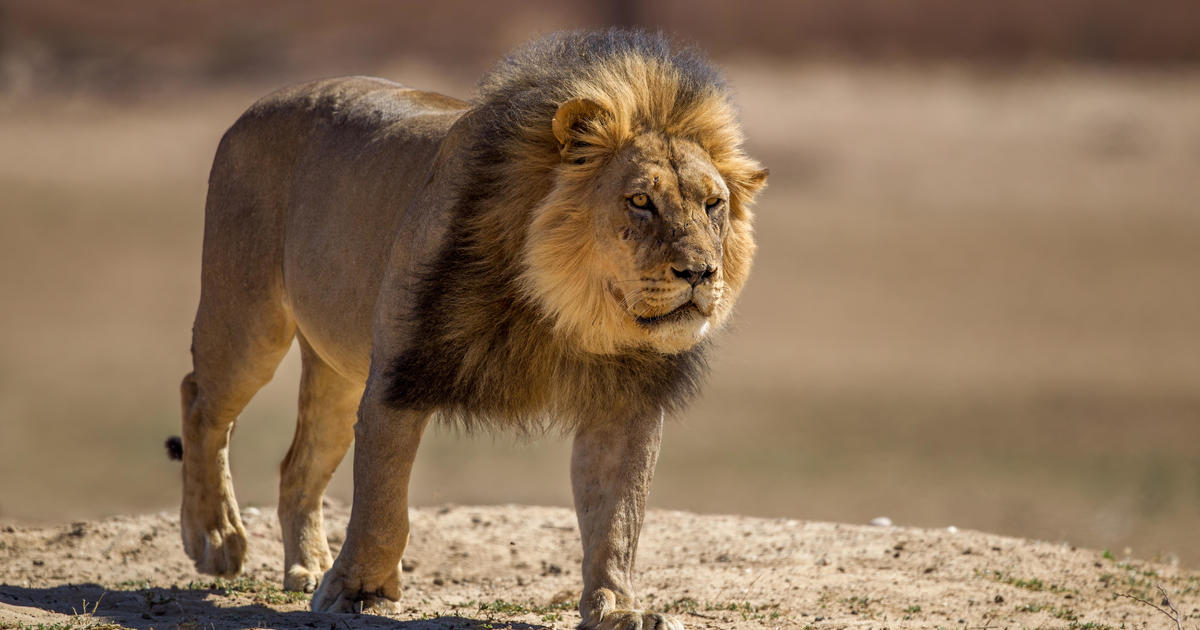A tragic incident unfolded at the Taigan safari park in Crimea, resulting in the death of a veteran zookeeper. The incident highlights the inherent dangers of working with large predators and underscores the critical importance of rigorous safety protocols within such facilities. A thorough investigation is underway to determine the precise circumstances surrounding the fatal mauling and to prevent future tragedies. The incident has also sparked renewed debate regarding workplace safety standards and animal enclosure security in zoos and wildlife parks around the world. This incident serves as a stark reminder of the potential risks associated with handling dangerous animals, even for experienced professionals.
The Tragic Death of Leokadia Perevalova
The Events Leading to the Fatality
Leokadia Perevalova, chief zookeeper at the Taigan safari park, tragically lost her life on Wednesday after being mauled by three lions. Preliminary investigations indicate that a crucial safety protocol was overlooked: a door between two sections of the lion enclosure was left unlocked. Perevalova entered the enclosure to clean a cage without securing the door, resulting in a fatal encounter with the animals. The incident unfolded rapidly, leaving her colleagues unable to intervene. The lions, apex predators known for their swift and powerful attacks, inflicted fatal injuries upon the zookeeper. The swiftness and violence of the attack made any intervention by colleagues impossible, and she was discovered deceased by her colleagues upon their discovery of the scene. This demonstrates the inherent and unpredictable dangers associated with interacting with apex predators such as lions in a working environment.
Aftermath and Investigation
Following the tragic incident, a criminal investigation was immediately launched by the Moscow-installed Investigative Committee of Crimea and Sevastopol. The investigation is focused on determining whether workplace negligence played a role in the zookeeper’s death. The park’s owner, Oleg Zubkov, publicly acknowledged the tragic loss, highlighting the human factor of forgetfulness as a contributing element. The investigation’s focus will be determining liability for workplace negligence, identifying gaps in safety protocols, and providing a framework to implement much-needed changes. He highlighted the inherent and often unforeseen unpredictability of apex predators, even in experienced professionals. Zubkov further described Perevalova as a valuable employee and the “soul” of the park. Authorities immediately closed the area involved in the fatal encounter while awaiting further information and analysis for both public and work safety. This shutdown and consequent investigation serves as a critical measure both to allow grieving for those close to Perevalova as well as ensure appropriate protocols for the health and safety of the other animals.
Safety Protocols and Workplace Hazards in Zoos
The Importance of Stringent Safety Measures
The incident underscores the critical importance of unwavering adherence to stringent safety protocols in all aspects of working with dangerous animals. Zoos and wildlife parks house some of the world’s most powerful predators, and the inherent risks of working in such an environment cannot be understated. Detailed safety protocols and procedures are absolutely necessary to reduce this risk, ensuring effective training, regular inspections, and robust redundancy mechanisms are central components. While this accident demonstrates that even the most experienced handlers may fall victim, the severity could have been minimized had protocol been adhered to. Redundant systems of checks should be implemented for high risk facilities, such as the one resulting in Perevalova’s demise.
Lessons Learned and Future Prevention
The Taigan lion incident serves as a harsh reminder of the need for continuous improvement and stricter enforcement of safety guidelines in similar settings. Comprehensive risk assessments and employee training should cover every aspect of working with big cats, including but not limited to enclosure management, emergency response, and immediate post-incident procedure. Further analysis may conclude a thorough reevaluation and modernization of enclosures may be beneficial to create safe, more efficient enclosures where all facets of zoo management can be handled with safety at the forefront. It may prove essential that further investment into physical modifications and training will result in greater efficiency and overall reduction of risk to employees and animals alike. A focus on redundant systems and meticulous safety protocol oversight can help ensure employee safety, particularly those responsible for potentially more high-risk actions, such as feeding and cleaning animal enclosures.
The Broader Context: Animal Encounters and Human Error
The Unpredictability of Animal Behavior
Fatal attacks by large predators in captivity, though rare, underscore the inherently unpredictable nature of animal behavior. Even highly experienced animal handlers cannot completely eliminate risk. The instinctual behaviour of predatory animals like lions, as evidenced by this horrific attack, highlights the unforeseen circumstances that may lead to tragic consequences when even slight safety protocol failure occur, and therefore calls into question the human elements and safety policies at the Taigan Safari park.
Human Error as a Contributing Factor
In many cases, human error is a contributing factor in zoo-related incidents. This incident, though tragic, may reveal potential points of failure within their current protocol. Identifying the failure to follow protocol is likely a key to finding areas of potential risk within both the protocol and design aspects of the zoo. In light of Perevalova’s accident, review and improvement are likely to occur for more precise safety measure identification, reducing risk of further fatal accidents. Improving preventative protocol is crucial in creating a safer and more reliable environment for both human employees and animals. Focus should include robust training methods for effective use of all provided safety and protection measures for employees handling animals of all risk categories.
Takeaways
- The tragic death of Leokadia Perevalova highlights the inherent dangers of working with large predators, even for experienced personnel.
- Strict adherence to safety protocols is crucial to minimizing risks in zoos and wildlife parks.
- Continuous review, improvement, and stringent enforcement of safety guidelines are essential to preventing future incidents.
- Human error, while not solely to blame, often contributes to animal-related fatalities and should be critically analyzed within risk assessment procedures.
- Improved zoo safety measures can help ensure both employee and animal wellbeing and prevent potential fatal consequences.




